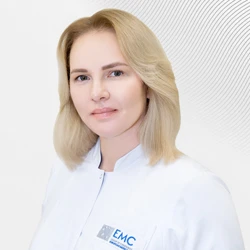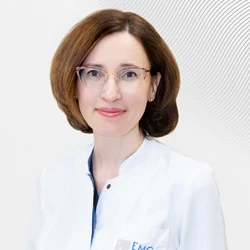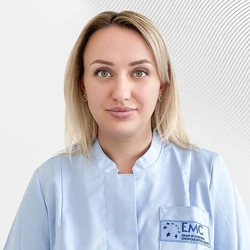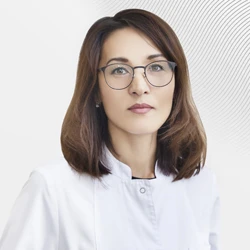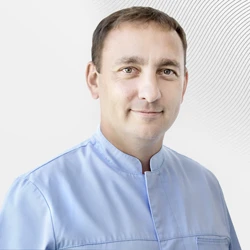Nervous tics in children
Types of ticks in children
Depending on the severity, tics can be local and widespread. In case of local ticks, one region is involved, for example, the head. The most common local tick is blinking. Common ticks include several regions. Common tics are jumps, twitching of the arm or shoulder.
Ticks can be single or multiple. Single movements are characterized by one stereotypical movement, while multiple movements are characterized by a combination of these movements. Ticks can change over time. For example, blinking is replaced by nose behavior, then both ticks occur simultaneously. Other regions of the body may also be involved.
In addition to motor tics, there are vocal tics. They are characterized by stereotypical utterance of any sounds (coughing, grunting, etc.). They can be combined with motor tics, or they can exist in isolation.
Causes of tics in children
Parents often associate the appearance of children's tics with stress and emotional turmoil. In fact, the cause of tics is a change in metabolism (dopamine and norepinephrine) in the subcortical structures of the brain. A person is born with a similar predisposition, and it is often inherited.
Tics are not always caused by a stressful factor. There is not always a relationship between the occurrence of tics and the stress experienced. A child can grow up in a prosperous and happy family, but one day, for no external reason, due to the peculiarities of brain development, the mechanism turns on and clinical symptoms appear.
Diagnosis of tics in children
Often no additional examinations are required. In some cases, EMC neurologists perform an electroencephalogram in order to rule out epilepsy in the child. The prognosis of the disease is favorable in most cases. In 80% of cases, tics resolve on their own after reaching adolescence and do not require treatment. They may appear only sporadically during periods of increased fatigue, fatigue, and emotional stress.
Treatment of nervous tics in EMC Children's Clinic
According to international protocols, in most cases, tics are not treated with drug therapy. This is due to the frequency of their occurrence. Medications are prescribed only in cases where tics cause significant physical or psychological discomfort to the patient. For example, a child blinks so often that his eyes hurt. Or, for example, the grunting is so loud that it's hard for others to be around, so the child has difficulty communicating. Vocal tics can significantly limit a child's social life and affect their self-esteem.
Any therapy for tics is symptomatic, it does not eliminate the cause of the disease. There are no completely safe drugs that have proven effectiveness in affecting the source of the problem. All of them have a number of side effects, so strict indications are necessary for their appointment.

It is important to assess how much tics cause discomfort to the child. Parents often insist on prescribing drug therapy because they worry that the baby is experiencing inconveniences and difficulties in communicating with peers. But for the child himself, tics are not a problem or an obstacle to successful socialization.
There are a number of drugs that have a certain effect on the course of the disease. But none of them has passed a serious clinical trial. Therefore, parents often come with complaints that at first the drug was effective, but with the next exacerbation of the disease, there was no effect. This is due to the fact that the first stage of taking the drug often coincides with the period of remission, so parents get the impression of its effectiveness. Similar drugs in the framework of The EMC Children's Clinic is not assigned.
There are a number of diseases that are caused by streptococcal infection. The body begins to produce antibodies to streptococcus, which can affect subcortical structures. Therefore, if there are factors indicating a connection between childhood tics and streptococcal infection, a study is conducted for the presence of antibodies to streptococcus, if they are detected, antibacterial therapy is prescribed.
There is a non-drug method for correcting nervous tics in children - БОС-терапия (biofeedback), when classes are conducted using a special computer program in order to influence the functional component of the brain. If it is necessary to conduct BOS therapy, a neuropsychologist is involved in the management of the patient.
Why the EMC
The first and only clinic in Russia, created in the image of the world's leading clinics
EMC is a multidisciplinary center offering patients a high level of medical services and a personalized approach
Worldwide recognition and awards
 Learn more
Learn more
Worldwide recognition and awards
 Certificates and licenses
Certificates and licenses
Make an appointment for a consultation
Specify your contacts and we will contact you to clarify the details
Reviews
and new products of the EMC


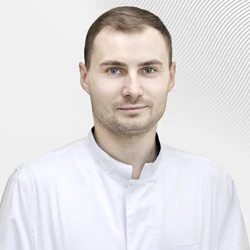
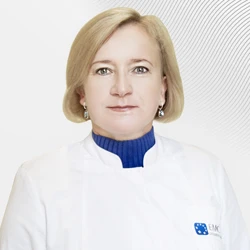
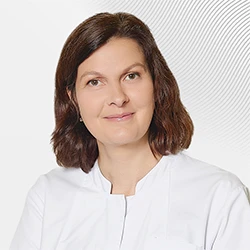
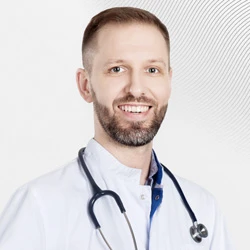
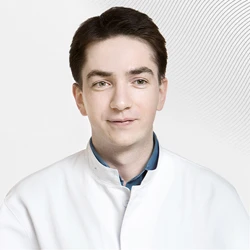
.webp)
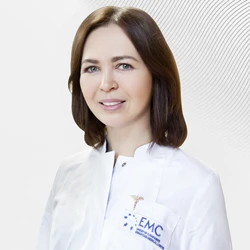
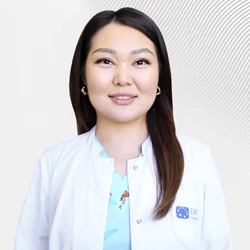
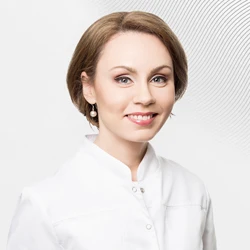

.webp)
